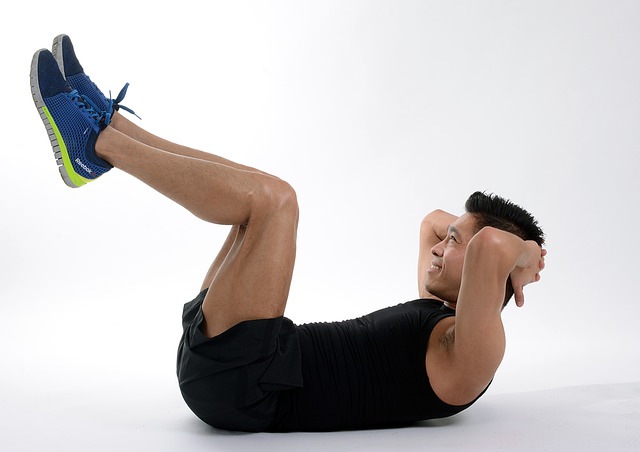
Most of the talk around body image and the pressures that can go along with fitting into a desired type is addressed to women, but a recent study decided to look and see how it’s affecting men as well. The research was published in the journal Psychology of Men and Masculinity, and determined that almost everyone feels the pressure to some extent.
This was the largest study done of its kind, and used reports from 111,958 heterosexual men, as well as 4,398 gay men. The researchers also gathered information from 103,376 heterosexual women and 2,145 lesbians to compare it to the stuff they got from the men. The research took place between 2003 and 2012 and had each person fill out five different surveys during that time period.
When they assessed the results, they found that men and women have similar feelings of dissatisfaction about their bodies. They found that 21 percent of heterosexual men and 29 percent of gay men reported feeling dissatisfied, while 27 percent of heterosexual women and 30 percent of lesbians did as well.
When it came to what bothered them about their bodies, 39 percent of heterosexual men and 44 percent of gay men said that they were dissatisfied with their weight, and 30 percent heterosexual men and 45 percent of gay men were dissatisfied with their muscle tone.
Some research has found that the male issues with body image have increased dramatically over the past ten years, probably having to do with the increased scope of fitness fads and more opportunities to literally see other bodies through the media, fitness magazines, and even feelings of pressure by seeing other men at the gym.
Some studies in fact has found that men report feelings that their appearance is more important to women than women say that it is, meaning that some of that stress is pretty pointless.
While issues with body image can be just mildly annoying or stressful, in some cases it can lead to eating disorders. The Alliance for Eating Disorder Awareness reports that between 2.4 and 3.6 million men have eating disorders in the U.S., and it doesn’t always look like what you would expect. We are taught plenty about eating disorders like anorexia and bulimia, but there are various forms of eating disorders that get less coverage.
One version of an eating disorder that is hard to diagnose and easy to hide (or be unaware of), is exercise bulimia. When someone has exercise bulimia they are not purging to rid their body of food by vomiting, but rather by putting in extra time at the gym to burn more calories than they are eating. It’s easy to see how this can get hard to determine, since burning more calories than you ingest is also the entire point besides dieting.
Healthy eating and working out however can push into dangerous territory when it becomes an obsession. It might be a sign that something is amiss if you choose workouts over social engagements, get very stressed out if you can’t workout, consistently work out multiple times each day, feel extreme pressure to burn off all the calories of food that you eat, or if you continue to train even when you’re injured. Something to keep in mind.

I think exercise addiction is actually quite common . It’s a shame it’s so hard or impossible to diagnose because that can be really damaging to emotional life as well as the body
True I don’t know why people don’t realize that men are just as susceptible to this kind of thing as women are. We face pressure as well, in all different kinds of way even to be strong